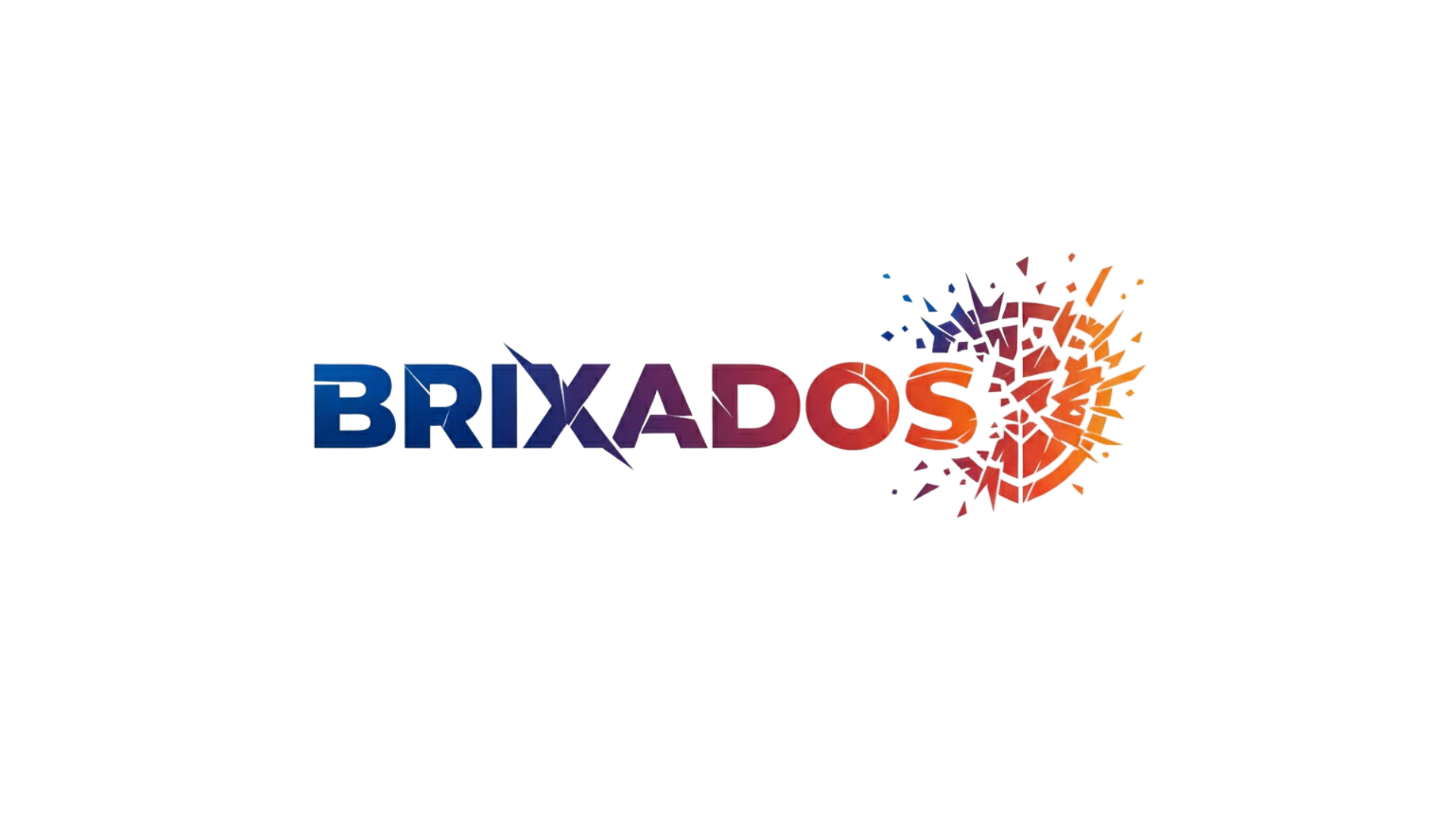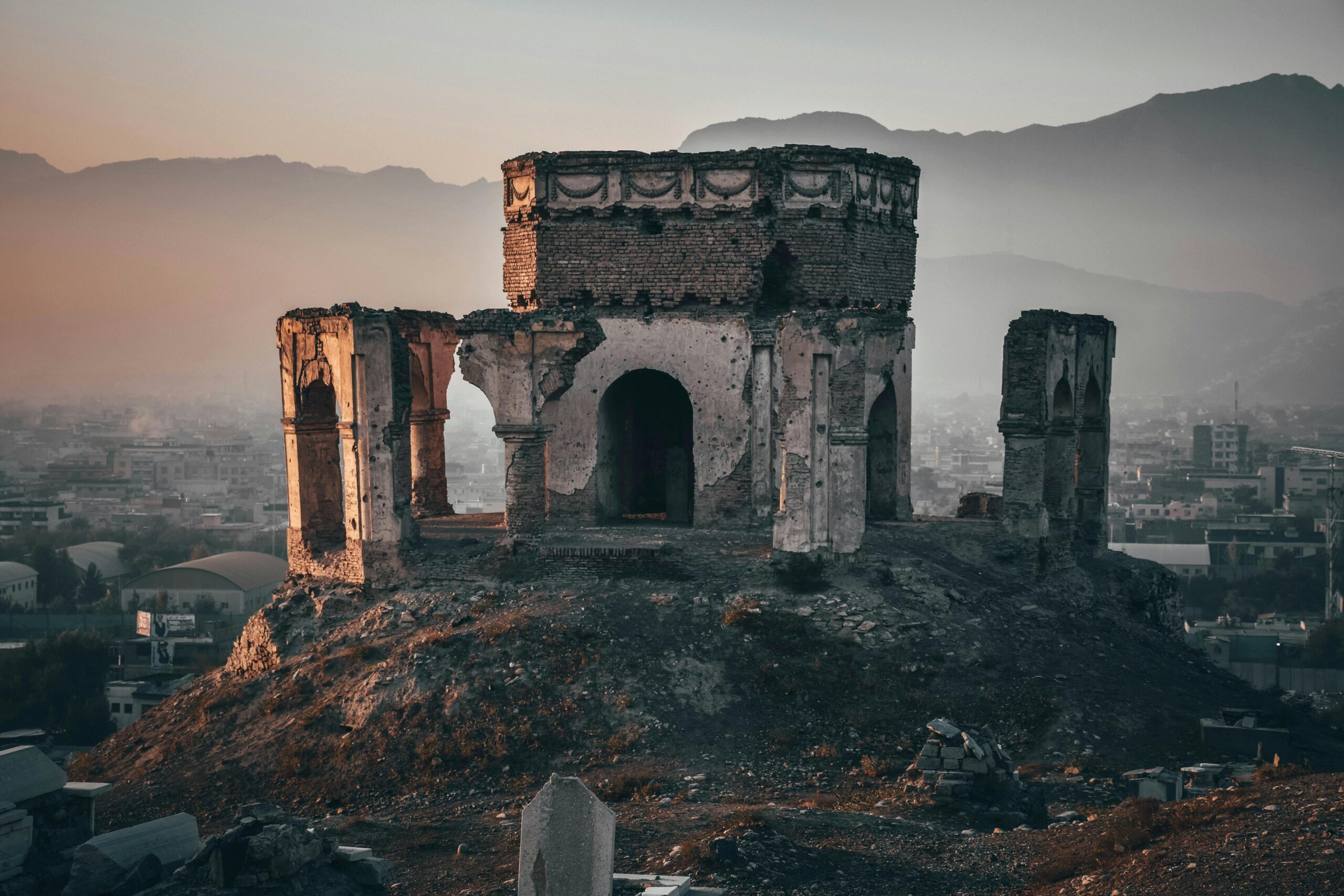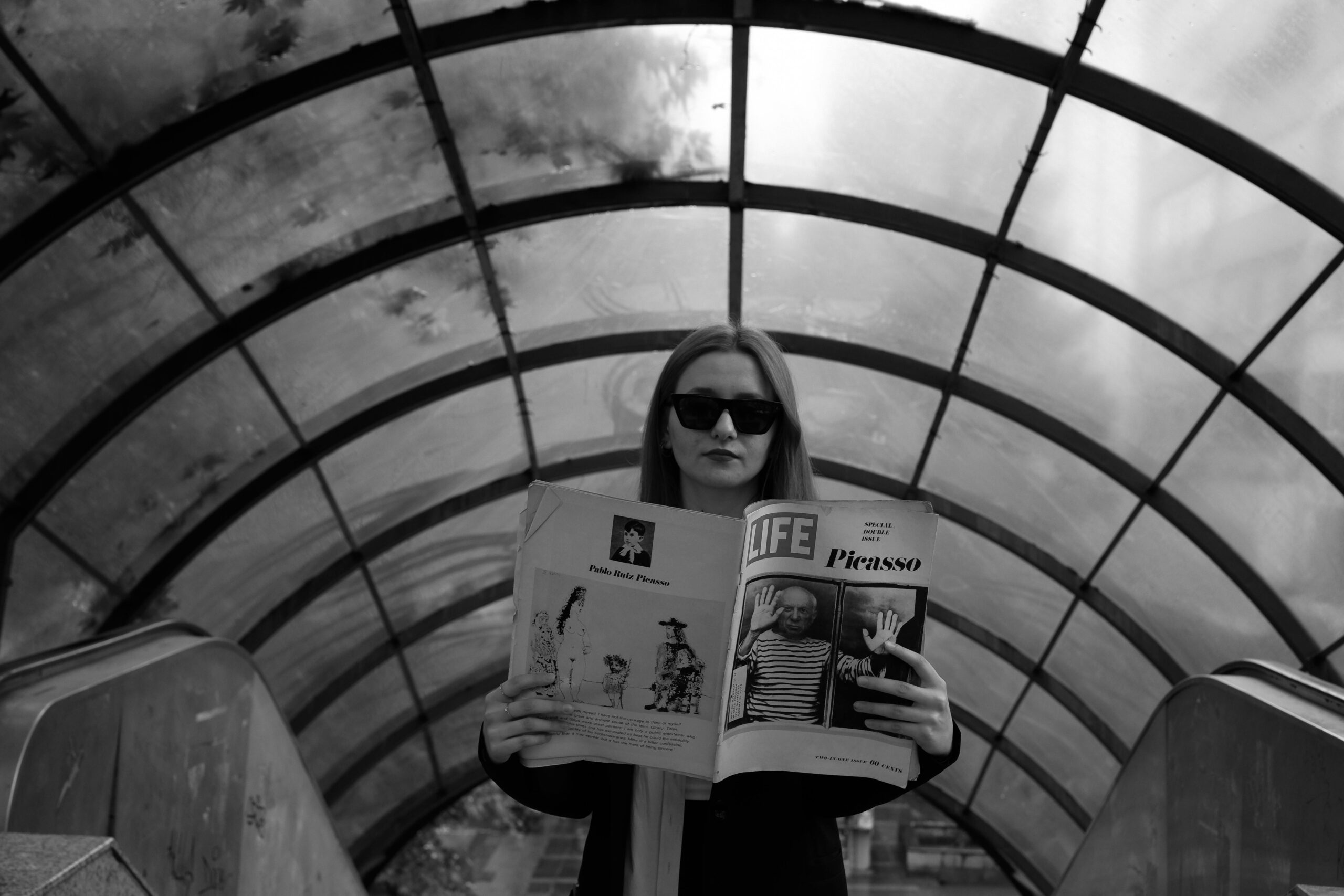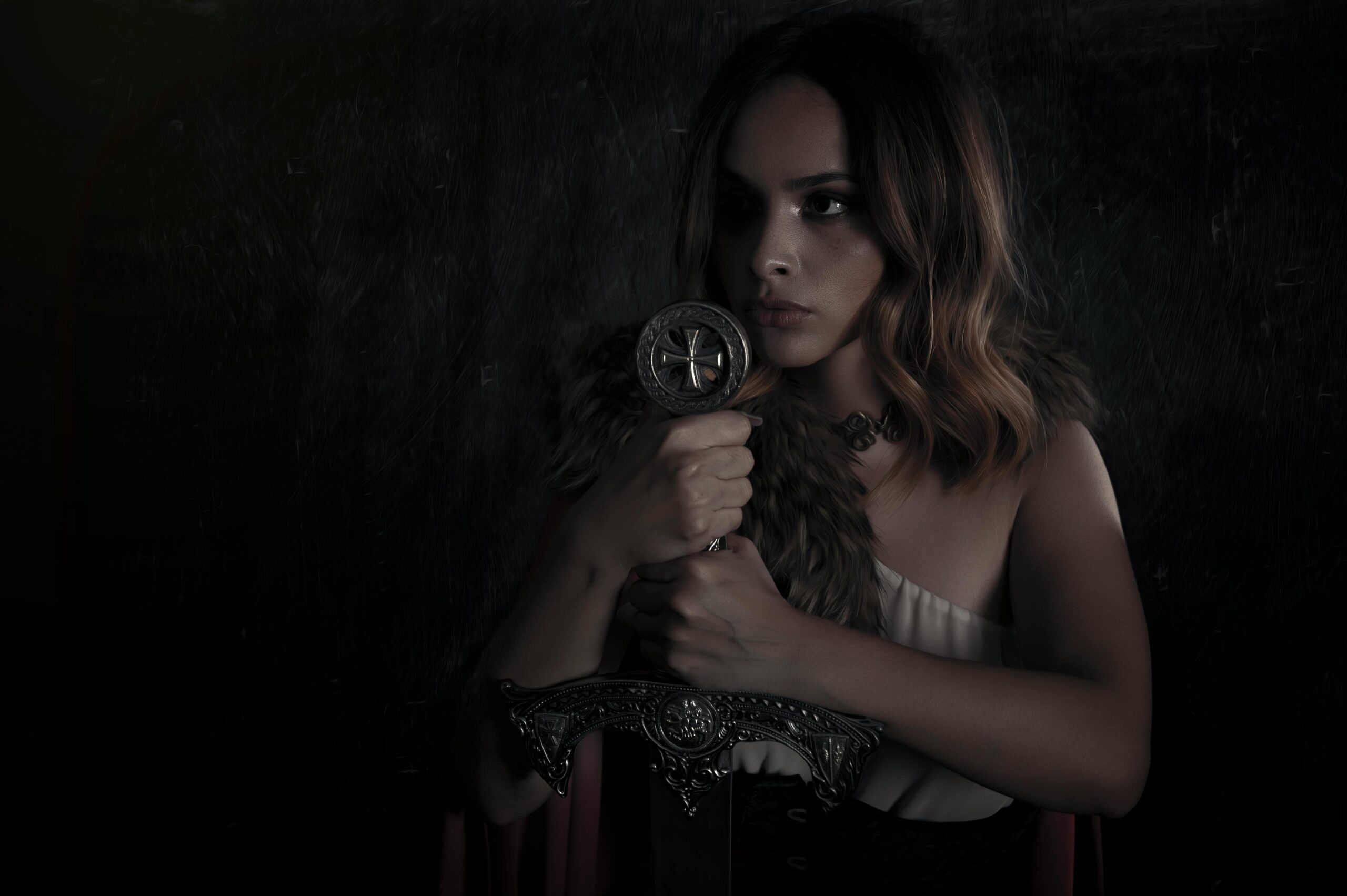The hero’s journey is more than just a storytelling formula—it’s a universal pattern that connects ancient myths to modern blockbusters, revealing profound truths about human experience.
When Joseph Campbell published “The Hero with a Thousand Faces” in 1949, he unveiled something extraordinary: a narrative structure that transcends cultures, time periods, and mediums. This framework, known as the monomyth, has become one of the most influential concepts in storytelling, shaping everything from Star Wars to The Matrix, and from ancient Greek mythology to contemporary young adult novels.
Understanding the hero’s journey isn’t just academic exercise—it’s a practical tool for writers, filmmakers, marketers, and anyone interested in the art of compelling storytelling. This deep dive explores the intricate layers of monomyth theory, its origins, structure, applications, and enduring relevance in our modern narrative landscape.
🌟 The Origins of Monomyth Theory
Joseph Campbell’s groundbreaking work didn’t emerge in a vacuum. The American mythologist spent decades studying myths, legends, and religious stories from cultures around the world, searching for common threads. Drawing inspiration from Carl Jung’s concept of archetypes and the collective unconscious, Campbell identified a universal pattern in how humanity tells stories about transformation and growth.
Campbell’s research revealed that whether examining the adventures of Odysseus, Buddha’s enlightenment journey, or the tales of indigenous Australian Dreamtime heroes, the same fundamental structure appeared repeatedly. This wasn’t coincidence—it reflected something deep within human psychology, a blueprint for personal transformation that resonates across all cultural boundaries.
The term “monomyth” itself comes from James Joyce’s “Finnegans Wake,” but Campbell transformed it into a comprehensive theoretical framework. His work suggested that all heroic narratives share a common foundation, even when their surface details differ dramatically. This insight revolutionized how we understand storytelling and its psychological impact on audiences.
The Three-Act Structure of Transformation
At its core, the hero’s journey follows a three-act structure that mirrors the psychological process of personal transformation. These acts—Departure, Initiation, and Return—create a circular journey that begins and ends in the ordinary world but fundamentally changes both the hero and their understanding of reality.
Departure: Leaving the Familiar Behind
The departure phase marks the beginning of transformation. Here, the hero exists in their ordinary world, unaware of the adventure awaiting them. This stage establishes what’s normal for the protagonist, making their eventual transformation more dramatic and meaningful.
The Call to Adventure disrupts this equilibrium. Whether it’s Luke Skywalker finding Princess Leia’s holographic message or Harry Potter receiving his Hogwarts letter, this moment presents an opportunity or challenge that will fundamentally change the hero’s life. The call represents possibility—a chance to become something greater.
Almost invariably, the hero initially refuses the call. This Refusal of the Call demonstrates the hero’s humanity and the real stakes involved. Fear, doubt, and obligation to the ordinary world create resistance. This hesitation makes the hero relatable and underscores the courage required to embark on transformative journeys.
Enter the Meeting with the Mentor—a crucial stage where a wise figure provides guidance, gifts, or knowledge. Obi-Wan Kenobi, Gandalf, Morpheus—these mentors prepare heroes for challenges ahead while representing wisdom the hero hasn’t yet achieved. The mentor often gives both practical tools and psychological preparation for the journey.
Initiation: Trials in the Unknown 🔥
Crossing the First Threshold marks the hero’s commitment to the journey. They leave the ordinary world and enter a special world with different rules, dangers, and possibilities. This crossing is often marked by a physical boundary—Platform 9¾, the wardrobe to Narnia, the pill that wakes Neo from the Matrix.
In the special world, the hero encounters Tests, Allies, and Enemies. This phase builds skills, establishes relationships, and prepares the hero for greater challenges. Each test incrementally develops the hero’s abilities while revealing character. Allies provide support and often represent different aspects of the hero’s own personality or potential.
The Approach to the Inmost Cave represents preparation for the journey’s central ordeal. Tension builds as the hero approaches the most dangerous place or confrontation. This stage often involves planning, gathering resources, or overcoming preliminary obstacles that guard the ultimate challenge.
The Ordeal is the hero’s death and rebirth—literally or metaphorically. This crisis point forces the hero to confront their greatest fear, face seemingly insurmountable odds, or sacrifice something precious. The ordeal transforms through crucible experience; the person who emerges is fundamentally changed from who entered.
Following the ordeal comes the Reward—the sword, the elixir, new knowledge, or reconciliation. This prize represents what the hero has gained through transformation. However, the reward isn’t simply material; it includes psychological growth, self-knowledge, or evolved understanding of the world.
Return: Bringing Wisdom Home
The Road Back begins when the hero must return to the ordinary world with their reward. This isn’t always straightforward—forces may pursue them, or the hero may resist returning. The challenge becomes integrating extraordinary experience with ordinary life, bringing transformation’s gifts back to the community.
The Resurrection represents a final test where the hero must demonstrate they’ve truly internalized their transformation. This climactic moment often involves applying lessons learned during the journey to resolve the story’s central conflict. The hero must prove their change is real and lasting, not temporary.
Finally, the Return with the Elixir completes the journey. The hero brings something valuable back to their community—medicine, knowledge, peace, or wisdom. This stage emphasizes that the hero’s journey ultimately serves others, not just personal glory. The transformation becomes meaningful only when shared or applied for the common good.
Psychological Foundations of the Journey 🧠
The monomyth’s power stems from its psychological resonance. Campbell, influenced by Jungian psychology, recognized that the hero’s journey maps onto internal psychological processes we all experience. The journey outwardly depicts what happens internally during personal growth and individuation.
Carl Jung’s concept of archetypes provides the theoretical foundation. The hero, mentor, shadow, and other figures represent universal aspects of human psychology. When we encounter these characters in stories, we’re actually engaging with different parts of ourselves—our potential, our wisdom, our repressed elements, our capacity for transformation.
The special world represents the unconscious mind—a realm with different rules than conscious everyday reality. Venturing into this territory means confronting unconscious elements of personality, integrating shadow aspects, and expanding self-awareness. The monsters and challenges heroes face externalize internal psychological obstacles.
This psychological dimension explains why hero’s journey stories feel personally meaningful. We’re not just watching external adventures; we’re witnessing symbolic representations of our own psychological processes. The hero’s transformation mirrors possibilities for our own growth, making these stories aspirational and inspirational.
Applications Across Media and Genres
The monomyth’s influence extends far beyond traditional fantasy or adventure stories. Once you understand the pattern, you recognize it everywhere—from romantic comedies to corporate success stories, from religious parables to video game narratives.
Film and Television Excellence
George Lucas famously used Campbell’s work while creating Star Wars, producing one of cinema’s most perfect monomyth examples. Luke Skywalker’s journey from moisture farmer to Jedi knight follows the pattern precisely, demonstrating the structure’s effectiveness for creating emotionally satisfying narratives.
The Marvel Cinematic Universe builds most origin stories on hero’s journey foundations. Iron Man, Black Panther, Doctor Strange—each follows the monomyth pattern while adding unique cultural and character-specific elements. This structure provides audiences with familiar emotional beats while allowing for creative variation.
Television series adapt the journey by stretching it across multiple episodes or seasons. Breaking Bad transforms Walter White through a dark hero’s journey where moral descent replaces heroic growth, proving the structure works even when inverted or subverted.
Literature’s Timeless Patterns 📚
From “The Odyssey” to contemporary young adult fiction, literature has always employed hero’s journey structures. J.K. Rowling’s Harry Potter series maps the monomyth across seven books, with each individual volume containing smaller journey cycles nested within the larger arc.
Literary fiction uses the journey more subtly, emphasizing internal transformation over external adventure. Character-driven novels still follow the pattern—the ordinary world, the disruption, trials, transformation, and integration—but focus on psychological rather than physical journeys.
Marketing and Brand Storytelling
Modern marketing increasingly applies hero’s journey principles. Effective brand narratives position the customer as the hero, the problem as the call to adventure, and the product or service as the mentor or magical aid. This framework creates emotionally resonant marketing that transcends simple feature promotion.
Personal development and business success stories frequently follow monomyth patterns. The entrepreneur’s journey from idea to successful company, the athlete’s path from obscurity to championship—these real-life narratives resonate because they mirror the archetypal transformation pattern humans instinctively recognize.
Critical Perspectives and Limitations ⚖️
Despite its influence, monomyth theory faces legitimate criticism. Some scholars argue Campbell’s approach is reductive, forcing diverse cultural narratives into a Western-centric framework. Not all stories follow this pattern, and insisting they should can erase cultural specificity and alternative narrative traditions.
Feminist critics note that Campbell’s hero is typically male, and the journey often marginalizes or objectifies female characters. The “meeting with the goddess” stage, for example, treats women as rewards or obstacles rather than subjects of their own journeys. Contemporary storytelling increasingly addresses this limitation by centering female heroes with journeys reflecting their specific experiences.
The formula can produce formulaic results. When applied mechanically without understanding its psychological foundations, the hero’s journey becomes a paint-by-numbers template that creates predictable, uninspired narratives. The best stories use the structure as foundation, not constraint, allowing for innovation within the archetypal framework.
Cultural narratives that don’t emphasize individual heroism—stories focused on community, collective action, or circular rather than linear time—may not fit the monomyth structure. Recognizing this limitation prevents us from universalizing one narrative pattern at the expense of equally valid alternatives.
Evolution and Modern Adaptations 🚀
Contemporary storytellers increasingly innovate within and beyond the monomyth framework. Multi-protagonist narratives distribute the hero’s journey across several characters, with different individuals embodying different stages or archetypal roles. This approach reflects our more complex, interconnected understanding of change and agency.
The heroine’s journey, articulated by scholars like Maureen Murdock, offers an alternative pattern focused on different transformation priorities. Rather than separating from community to prove individual worth, the heroine’s journey often involves healing divisions, integrating rejected aspects of self, and redefining success beyond patriarchal terms.
Video games create interactive hero’s journeys where players directly experience transformation. Games like “The Last of Us” or “God of War” use monomyth structure while giving players agency in how they navigate stages. This interactivity creates uniquely personal connections to the archetypal journey.
Transmedia storytelling distributes the hero’s journey across multiple platforms—films, games, comics, and social media. The Marvel Cinematic Universe exemplifies this approach, with individual character journeys intersecting within a larger shared narrative universe. This complexity reflects how modern audiences consume and engage with stories.
Practical Applications for Writers and Creators ✍️
Understanding the monomyth provides writers with a powerful structural tool. When developing stories, mapping your narrative against the journey stages helps identify missing elements, pacing issues, or opportunities for deeper character development. The framework offers diagnostic value even for stories that ultimately deviate from the pattern.
Character development benefits from journey thinking. Ensuring your protagonist experiences genuine transformation—that they’re fundamentally different at the story’s end—creates satisfying character arcs. The journey stages suggest specific opportunities for growth, testing, and change that build convincing character evolution.
For creators experiencing writer’s block, the monomyth offers a roadmap. If you’re stuck, ask which journey stage comes next and what that stage requires. This approach doesn’t dictate specific plot points but suggests the emotional and psychological territory your story should explore.
The key is using the hero’s journey as foundation rather than formula. The most memorable stories understand the pattern’s psychological purpose and find fresh, culturally relevant ways to embody those universal transformation dynamics. Innovation happens within structure, not in its absence.

The Universal Journey Continues
Decades after Campbell’s work, the monomyth remains relevant because it addresses something fundamental about human experience. We are all on journeys of transformation, facing calls to adventure, encountering mentors and obstacles, dying to old selves, and hopefully bringing wisdom back to our communities.
The hero’s journey endures not because it’s the only valid narrative structure, but because it articulates a profound truth: meaningful change requires leaving familiar territory, facing challenges that transform us, and integrating those experiences into expanded understanding. This pattern resonates because we recognize it in our own lives.
As storytelling evolves with technology and cultural shifts, the monomyth adapts. New media, diverse voices, and expanded understanding of heroism create fresh expressions of the archetypal journey. The pattern persists not through rigid adherence to stages but through continued engagement with transformation’s psychological and spiritual dimensions.
For anyone creating or consuming stories, understanding the hero’s journey offers deeper appreciation of narrative’s power. These aren’t just entertaining tales—they’re maps for psychological transformation, guides for navigating life’s challenges, and reminders that change, though difficult, leads to growth and renewal. The hero’s journey, ultimately, is everyone’s journey, told and retold across cultures and centuries because it speaks to our deepest hopes for meaning, transformation, and transcendence.
Toni Santos is a myth-psychology researcher and narrative writer exploring how archetypes, symbols and human story converge to shape mind, culture and meaning. Through his studies on the collective unconscious, comparative mythology and symbolic dream interpretation, Toni examines how the myths we tell reflect the patterns we live — and how awareness of these patterns can spark transformation. Passionate about hero’s journeys, mythic motifs and dream-language, Toni focuses on how story acts as both mirror and map for inner depth and growth. His work highlights the bridges between myth, psyche and culture — guiding readers toward a deeper encounter with themselves and the stories they carry. Blending psychology, mythology and narrative theory, Toni writes about the hidden architecture of meaning — helping readers understand how symbols, stories and dreams shape experience and identity. His work is a tribute to: The power of myth to reveal the unseen structures of psyche The journey from archetype to individual lived story The art of dream-language as a path to wholeness Whether you are a storyteller, psychologist or traveller in the inner landscape, Toni Santos invites you to explore the mythic dimension of mind — one symbol, one myth, one insight at a time.




